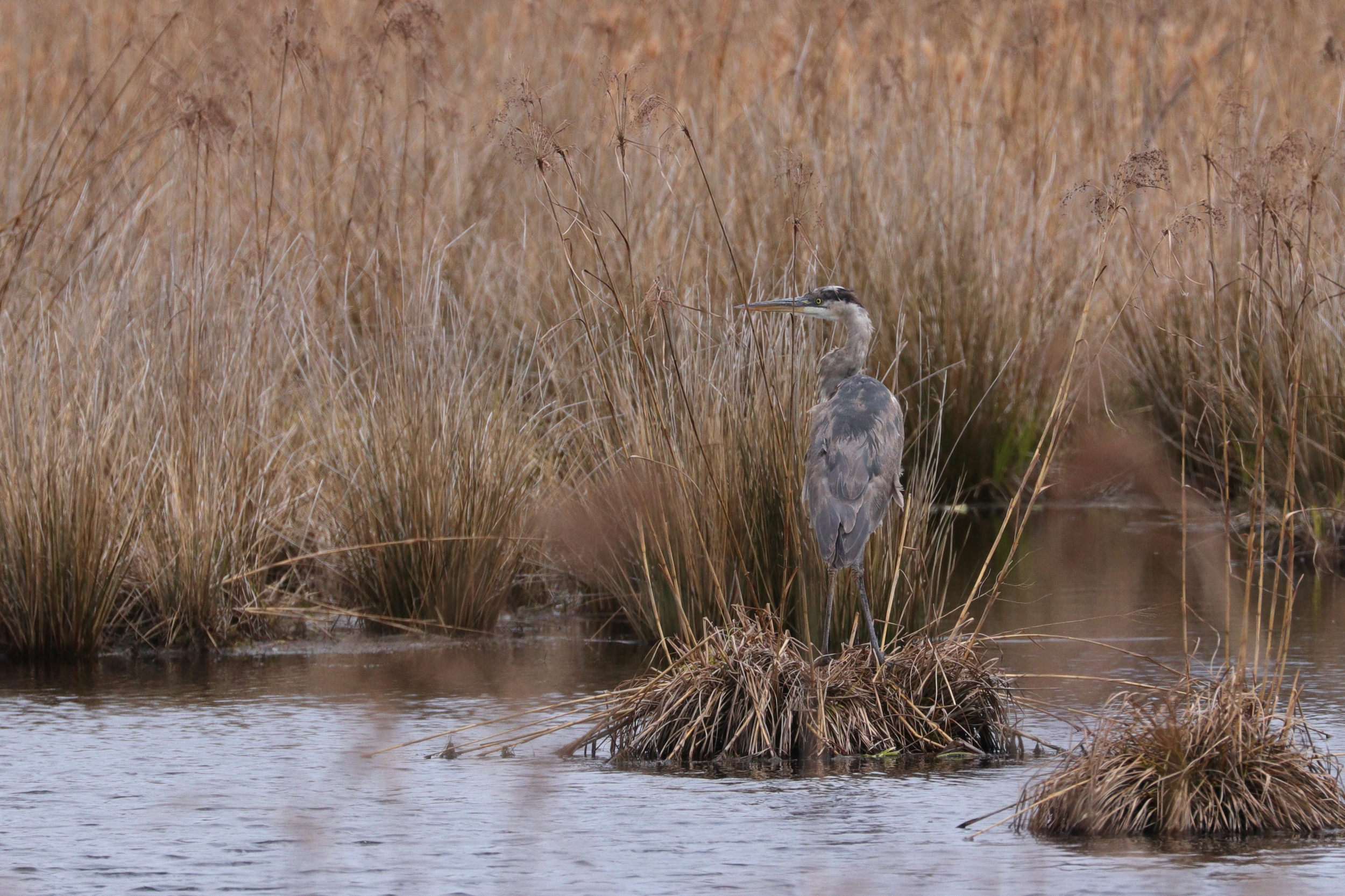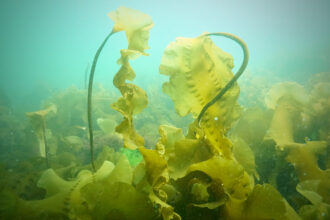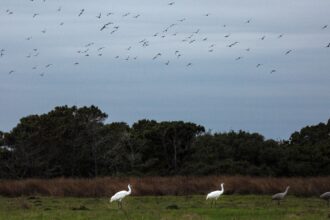What happens when a region no longer has the ideal climate for its star crop?
From late September through October, Massachusetts’ deep-red cranberry bogs are flooded with water to dislodge the fruit—the celebrated official state berry—from their vines, and the historic fields are almost ready for harvest.
But some cranberry farms are increasingly struggling with rising temperatures in the Northeast and the current generation of owners is considering what’s next. With state assistance, some are choosing to transform their bogs into wetlands, ensuring the land remains protected.
Across southeastern Massachusetts, there are 60,000 acres of protected land, with 11,500 directly devoted to cranberry farming. So far, approximately 500 acres have been restored as wetlands through nine projects and 14 more are in progress.
The shift, called a green exit strategy, has been developed by state agencies and conservationists and driven in part by farmers finding tougher competition from regions with colder climates and younger vines.
Brian Wick, executive director of the Cape Cod Cranberry Growers Association, said that in over 30 years in the industry, he has seen the harvest window shift almost three weeks later because of rising temperatures, alarming many in an industry that generates $1.7 billion in annual revenue and employs over 6,400 people.
Some federal and state wetlands easement programs have operated for decades but Massachusetts has focused since 2016 on changes in the cranberry growing season, said Wick, who has been part of a task force to search for remedies.
“The economics in the industry are challenging,” Wick said. “Margins are low, costs are high. Costs continue to go up. The price that the growers receive for their fruit has been slightly eroding over the past few years … So it’s tough to renovate a cranberry bog and put it into higher-yielding producing vines. It is generally $50,000 or more per acre, and the return on investment on that is about eight to 10 years.”
Wick points out that warmer temperatures means that some crops are losing their bright red sheen because berries are producing less anthocyanins, the pigment that turns them ruddy. Wick said many cranberries are coming to harvest pale pink or white, which affects their market value.
Cranberry plants are native to Massachusetts, dating back almost 12,000 years, when the Laurentide Ice Sheet retreated, leaving deposits that quickly filled with sediment and water, perfect conditions for cranberry growth. Over the years, the cranberry has been stewarded by the Wampanoag people on ancestral lands in southeastern Massachusetts.
The Wampanoag Tribe of Gay Head, located on Martha’s Vineyard, has over 30 acres of wild cranberry bogs on the island. Every year, on the second Tuesday of October, the tribe celebrates Cranberry Day, harvesting cranberries by hand as a reminder of their cultural and ecological significance. On Cape Cod, the Mashpee Wampanoag Tribe is involved in restoration projects for Chop Chaque Bog and the Mashpee River.
Vines were transplanted in 1816 by Revolutionary War Captain Henry Hall who spread sand over them on his land in Dennis, Massachusetts. Others followed suit, seeding their wetlands with cranberries. In 1888, the Cape Cod Cranberry Association was established, representing hundreds of cranberry farmers.
The Massachusetts bogs once were constructed around glacial kettle holes, filled with organic matter. Ditches and flumes were built to regulate the flow of water in and out of the bog for harvesting. Today, farming has become more complex and competitive, and some farmers who can trace their roots back generations are looking for ways out.
Massachusetts ranks No. 2 in production in the country, according to the Department of Agriculture’s crop production report. Quebec has regularly ranked second in cranberry production worldwide. Wisconsin has been leading cranberry production in the United States for the past 31 years and is expected this year to supply 65 percent of the nation’s cranberries.
For nearly a decade, there have been efforts to stabilize the Massachusetts industry. The state established the Cranberry Revitalization Task Force in 2016 with growers, government officials, researchers and lawmakers. They agreed to pursue some reforms, including renovating bogs to increase yield, attempting more energy efficient methods and removing some land from production.
Wick said local crop reform follows other cranberry production leaders. That means straightening the old curved plots of Massachusetts to look like the perfect rectangle models in Wisconsin and Quebec so harvests can proceed more efficiently.
Wick said the soil in Massachusetts presents some particular challenges for renovations. Many fields have 20 to 30 feet of peat as an underlayer. Peat must be protected to assure proper draining and moisture and irrigation systems have to be considered, he said.
Wick said some farmers have begun to install solar panels on non-productive land, next to their bogs, as an alternative income stream. A small percentage among those, he said, are opting for dual use of their fields–an approach known as agrovoltaics—where solar panels are hoisted about eight to 10 feet above the cranberry vines, tall enough to walk and drive equipment beneath for harvesting.
This method, popular in Europe, is slowly gaining traction in the United States although zoning approval is needed in most localities, he said, and the costs of dual use solar panels can be costly, double or triple the price of those used on flat roofs.
The retirement of land from cranberry farming–the green exit strategy—aims to reward farms for returning the land to wetlands. Wick said farmers who have unproductive or lower-yield bogs can sell their farmland to a nonprofit or municipality—the set price by acre is $13,500–after consultation with various state and conservation efforts. The opportunity helps longtime owners whose assets largely are their land, he said.
Proponents of the exit strategy point to the Eel River Headwaters Project in Plymouth, the first restoration project in Massachusetts. The effort, built from 2007 to 2010, turned 60 acres of commercial cranberry bog into freshwater wetlands managed by the town of Plymouth and opened as an outdoor public space.
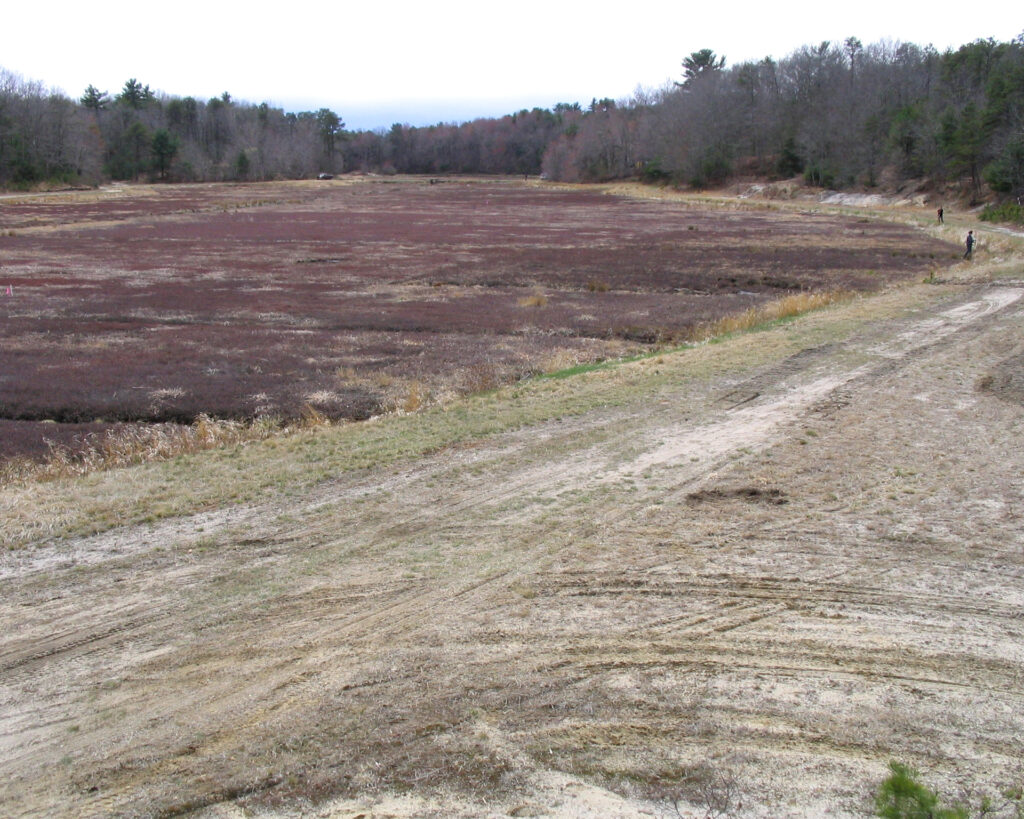
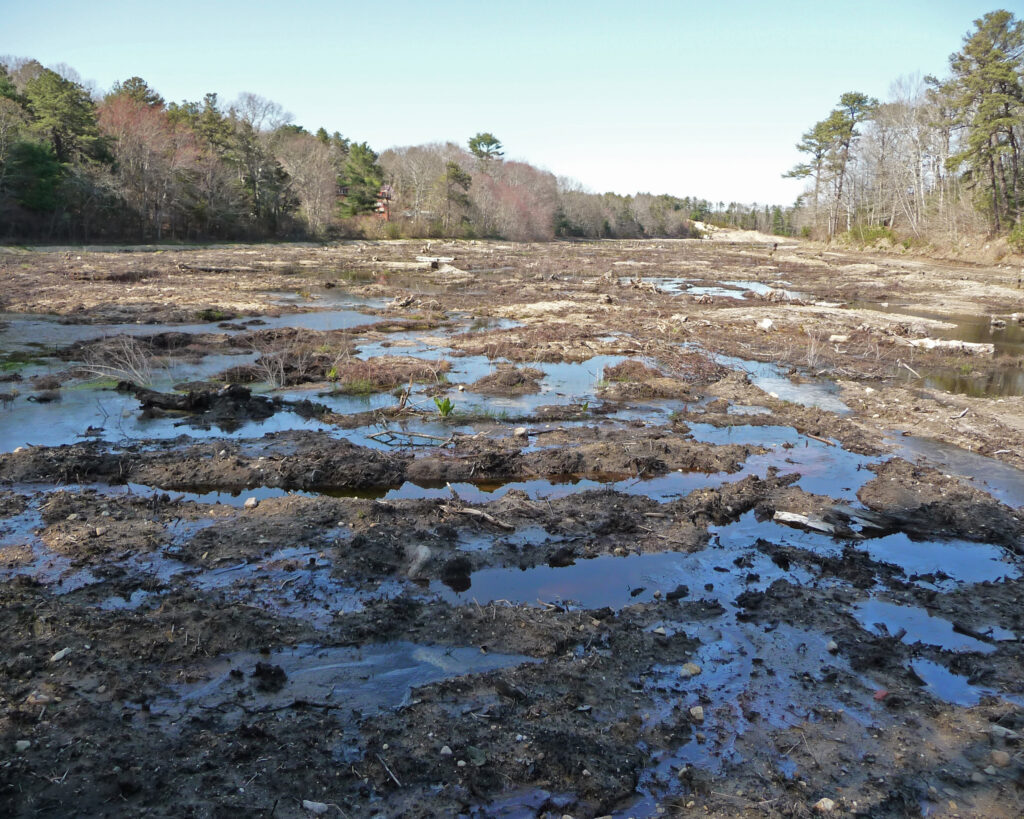
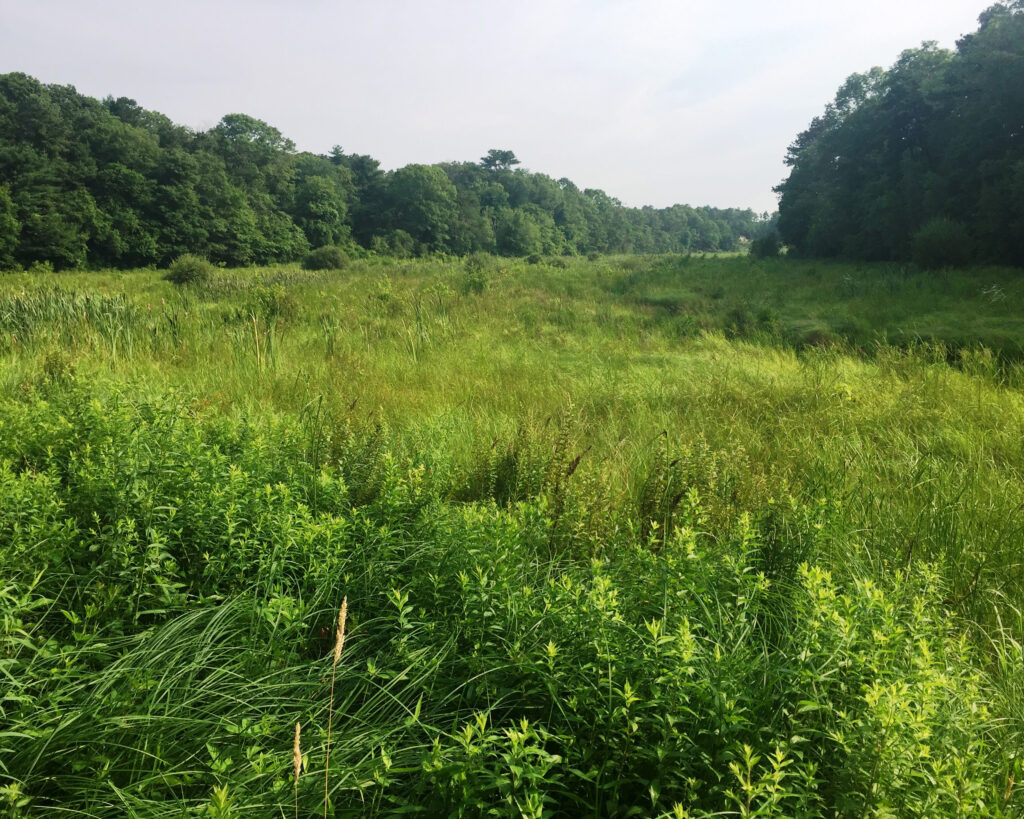
The Eel River Headwaters Project before (2007), during (2010) and after (2017) restoration in Plymouth, Mass. Credit: Massachusetts Division of Ecological Restoration
The state’s Division of Ecological Restoration (DER), part of Massachusetts Department of Fish and Game, now allocates a million dollars annually for cranberry bog restoration projects and has funded nine projects.
Bill Giuliano, program manager for the bog restoration, said his department reviews requests and provides consultants, engineers and a project manager to work directly with approved bog owners to plan the redesign. Once regulators agree, the design team moves ahead with plans and permit approval that can take up to two years.
The biggest challenge for the farmer, Guiliano said, is to decide to give up on the cranberry crop, often after generations of farming. The DER has other considerations, depending on the scope and impact of the bog change.
“The big one is the ecological value,” Guiliano said. “Do we want to take on a project that’s an acre and put a lot of time and money in? Or can we have a broader, greater bang for the buck in terms of restoration and ecological value to the people in the environment in Massachusetts?”
DER director Beth Lambert said all involved recognize there are various factors at play. “One of the major stressors is climate change,” she said. Bog restoration projects expand Massachusetts’ wetlands habitats that sequester carbon as well as renew ecological ecosystems.
Lambert recounted how the Eel River project evolved. Plymouth town leaders and The Nature Conservancy, and other conservation groups noticed that a 60-acre cranberry bog was soon to be retired from production and was naturally transitioning to a drier wooded area. A onetime wetlands, it offered a “blank canvas” for possible restoration.
The Eel River success inspired work on another old cranberry field in Plymouth known as Tidmarsh Farms. Tidmarsh is now the largest freshwater wetlands restoration project in the Northeast United States.
Originally spanning to some 600 acres, Tidmarsh dated from the 1890s and included cranberry fields, reservoirs, and supporting lands. Evan Schulman bought one farm lot in 1982 and a neighboring farm parcel in 1984. He and his wife, Glorianna Davenport, ran it as a working cranberry farm for years. At one time, Ocean Spray Cranberries Inc., the American agricultural cooperative, relied on berries from that expanse for as much as one percent of its production.
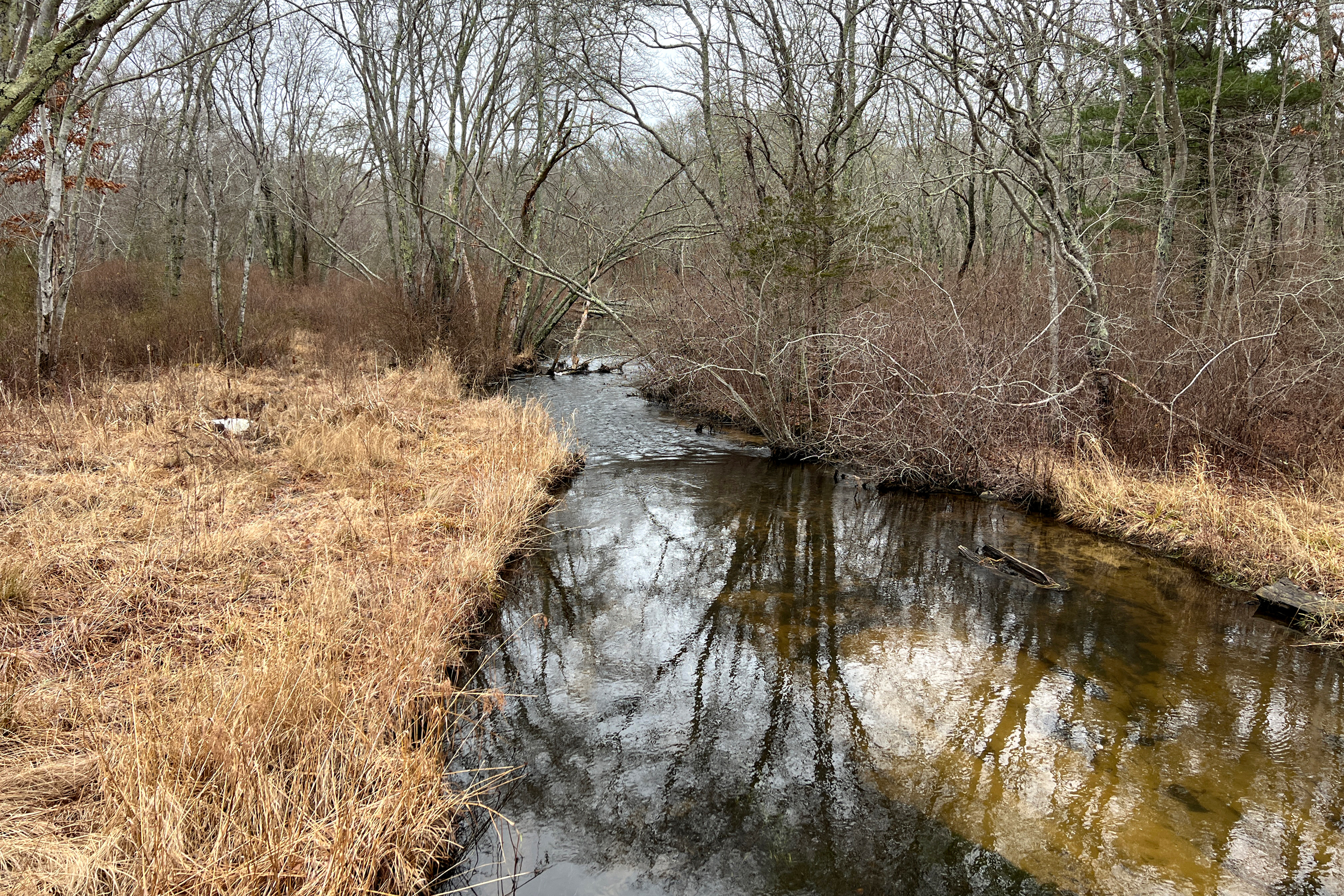
The Tidmarsh transition began in 2010 and now there are hundreds of acres of restored wetlands where berries once blossomed. The town of Plymouth owns 126 acres, open to the public as the Foothills Preserve. The nonprofit Mass Audubon owns over 200 acres of the restored wetlands as well as another large track, all which make up Tidmarsh Wildlife Sanctuary. A small parcel remains with Davenport and Schulman.
Davenport, a documentary filmmaker and co-founder of MIT’s Media Lab, said she and her husband were intentional about the exit strategy as a conservation project and a public resource. “I’m of the opinion that anyone who builds a big parking lot should have the money in the bank to take the parking lot out when it is no longer useful,” Davenport said.
The couple partnered with state and federal agencies, including the USDA Natural Resources Conservation Service, the Massachusetts Environmental Trust, the National Oceanic and Atmospheric Administration, the U.S. Fish and Wildlife Service, and various nonprofits. The Progress on the Tidmarsh wetlands provided lessons in wetland ecology and restoration, Davenport said.
Davenport saw the project as an opportunity to demonstrate conservation happening in real time. Along with media technologist Hyun Yeul Lee and Alex Hackman, director of ecological restoration at Mass Audubon, she co-founded the Living Observatory, a collaborative that has visually documented the changes at Tidmarsh.
The team installed six cameras, two video streams, and 23 audio recorders throughout the wetlands to provide public access to the process of restoration. Some viewers have told Davenport that they fall asleep to the murmurs from the nighttime marshes. Others have sent thanks for the chance to watch a deer pass by on their screens, she said.
This story is funded by readers like you.
Our nonprofit newsroom provides award-winning climate coverage free of charge and advertising. We rely on donations from readers like you to keep going. Please donate now to support our work.
Donate NowDavenport believes that people can better understand how the climate is changing when they can see nature in action. Real-time media can be invaluable.
Ecological benefits that might seem abstract to some can now be seen or explained on screen or in person. These benefits include carbon sequestration, the reduction of greenhouse gas emissions, flood control and coastal protection, an increase to biodiversity, and support to ecosystem migration.
“You don’t want to overwhelm people with data,” Davenport said. “You want the data to tell a story….Cranberry bog restoration is a sign that we, as a people, are adapting to the climate.”
Davenport would walk the land every day during the restoration. Today, she still walks it regularly, stating the importance of experiencing its life.. “We have so few places where you hear the natural world.”
Chris Neill, a senior scientist at the Woodwell Climate Research Center, mentored students from Mount Holyoke College last fall on a project to reduce nutrient pollution in coastal waters. They tracked the amount of nitrogen in watersheds on Cape Cod through water samples in an attempt to gauge the leaching of fertilizers and wastewater in the groundwater.
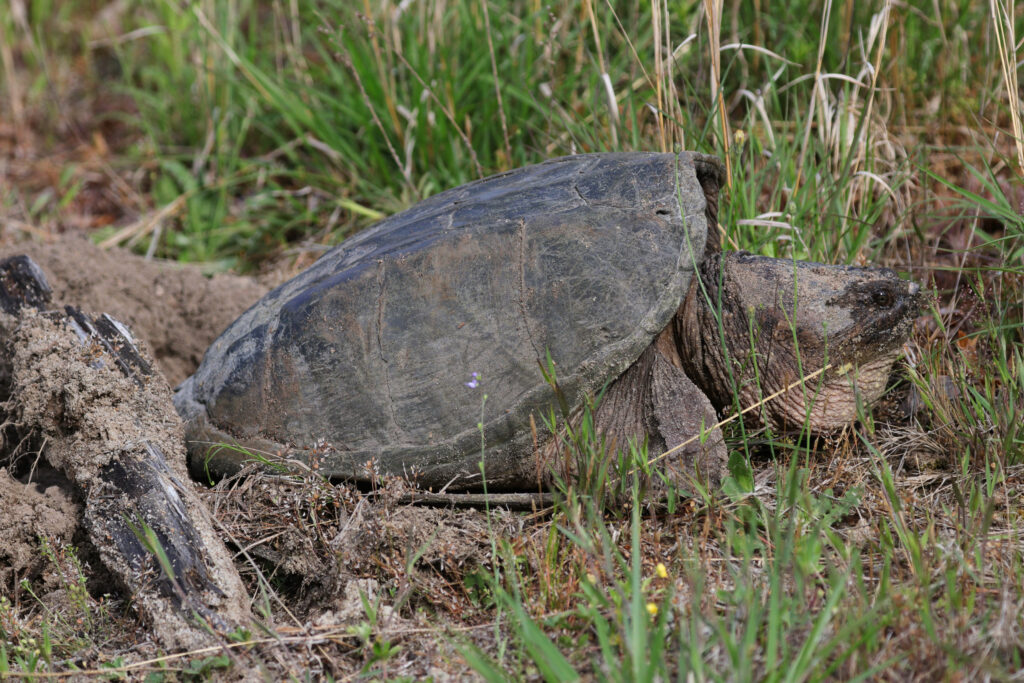
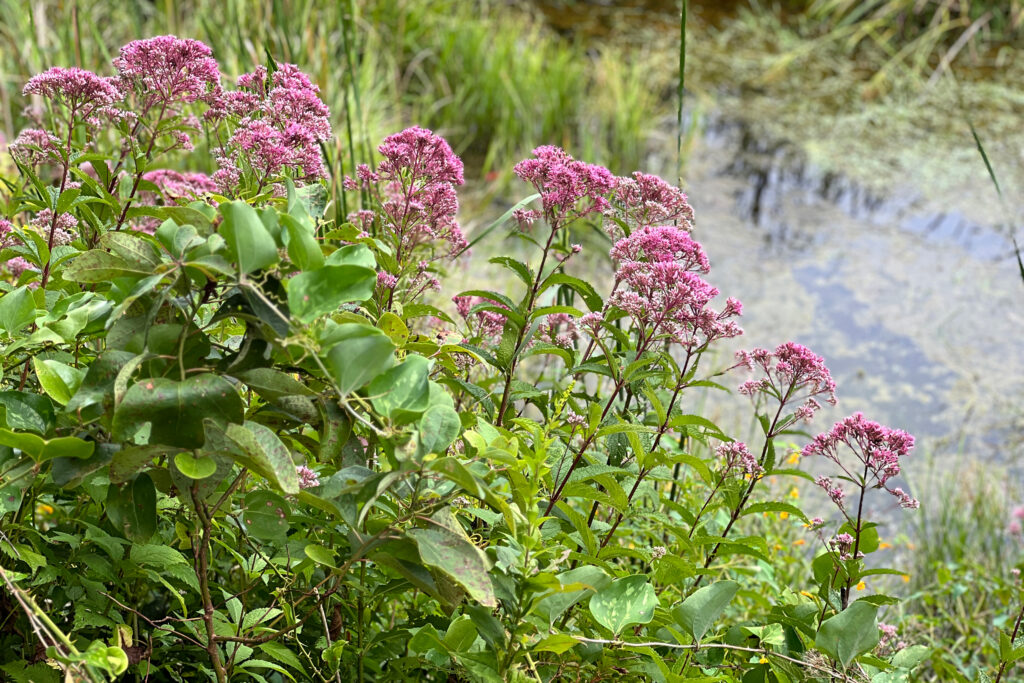
Over 20,000 native plant species were planted in the Tidmarsh restoration project, increasing the area’s biodiversity and encouraging pollinators. Credit: Glorianna Davenport/The Living Observatory
They found that the restored wetlands absorb nitrogen and act as a natural cleanser of some pollutants.
“The town of Falmouth is getting this enormous service from this bog,” Neill said. “They paid for this restoration but they will have to pay for fewer sewer pipes than they would otherwise have to pay for, because this restoration is now there.” The town of Harwich also recognized these benefits, contributing to their restoration project as well with the goal to remove nitrogen from their watershed. Residents can’t expect wetlands to remove all nitrogen, Neill said, but it certainly bolsters its ecological systems and biodiversity.
Hackman, Mass Audubon’s director of ecological restoration, said that the conservation of American wetlands is “in a period of transition.” The federal government is “deemphasizing the protection,” he said. But local leaders and community members, “are reemphasizing the importance of wetlands…and doubling down to do even more of this work.”
Hackman, a co-founder of the Living Observatory, said Tidmarsh has been a sort of classroom for all involved. Restoration takes time and dedication. “Our experience shows that it really takes between seven and 10 years for a site to really start to mature into its recovery,” he said.
“But all those things that we did 10 years ago are now bearing fruit. The site is covered with moss. The plant diversity is just through the roof. It’s full of wildlife.”
About This Story
Perhaps you noticed: This story, like all the news we publish, is free to read. That’s because Inside Climate News is a 501c3 nonprofit organization. We do not charge a subscription fee, lock our news behind a paywall, or clutter our website with ads. We make our news on climate and the environment freely available to you and anyone who wants it.
That’s not all. We also share our news for free with scores of other media organizations around the country. Many of them can’t afford to do environmental journalism of their own. We’ve built bureaus from coast to coast to report local stories, collaborate with local newsrooms and co-publish articles so that this vital work is shared as widely as possible.
Two of us launched ICN in 2007. Six years later we earned a Pulitzer Prize for National Reporting, and now we run the oldest and largest dedicated climate newsroom in the nation. We tell the story in all its complexity. We hold polluters accountable. We expose environmental injustice. We debunk misinformation. We scrutinize solutions and inspire action.
Donations from readers like you fund every aspect of what we do. If you don’t already, will you support our ongoing work, our reporting on the biggest crisis facing our planet, and help us reach even more readers in more places?
Please take a moment to make a tax-deductible donation. Every one of them makes a difference.
Thank you,

